How to turn Hibernate hibernation on Windows 10
Hibernate or hibernation is a useful feature on Windows operating systems. Windows users use this mode in case of not using the laptop for a long time without wanting to close the documents.
Hibernate is integrated on Windows operating systems, from Windows Me, Windows 7, Windows 8 . until Windows 10. However, by default Hibernate mode (hibernation mode) on Windows versions, including including Windows 10 disabled.
So how to enable (or disable) Hibernate mode on Windows 10. Please refer to the following article of Network Administrator.
Enable Hibernate Windows 10 hibernation mode
- 1. What is Hibernate mode?
- 2. Turn on Hibernate using the Command Prompt command
- 3. Turn on Hibernate (hibernation mode) Windows 10 using Control Panel
- 4. Go to Group Policy Editor to turn on hibernation mode
- 5. Use Registry Editor
- 6. How to turn off hibernation on Windows 10
1. What is Hibernate mode?
Hibernate mode (hibernation mode) is similar to Sleep mode. However, in Hibernate mode (hibernation mode), your data will be saved to a file on the hard drive. This means that the computer will not consume power.
When you reboot from Hibernate mode, like Sleep, the operating system and applications are running and your data is quickly retrieved from the hard drive and loaded into RAM so you can continue to work. job.
See also: How to get back 20GB of storage after the Windows 10 November update
Video tutorial to enable hibernation on Windows 10
2. Turn on Hibernate using the Command Prompt command
If you are afraid to search for power settings on Windows 10, you can use cmd to turn on hibernation mode, as follows:
Step 1: Open cmd with Admin rights on Windows 10:

Step 2: Enter the powercfg/h on command to enable hibernation on Windows 10.

3. Turn on Hibernate (hibernation mode) Windows 10 using Control Panel
To enable Hibernate on Windows 10 with Control Panel, follow these steps:
- Press Windows + R key combination> enter Control panel > Enter :
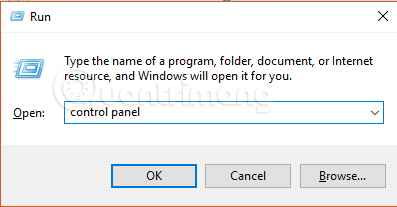
- View by: select Large icons or Small icons, scroll down to find and click on Power Options :
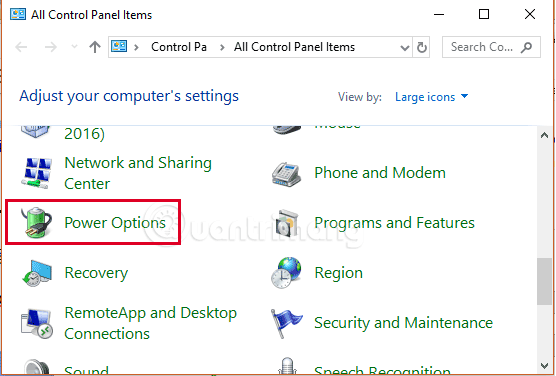
- Select " Choose what the power buttons do " on the left.
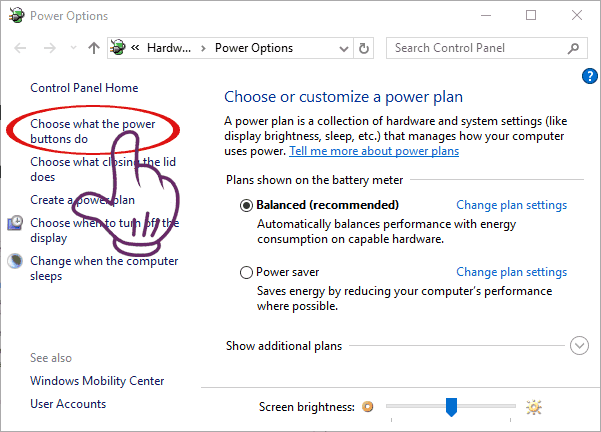
- Click " Change settings that are currently unavailable ".
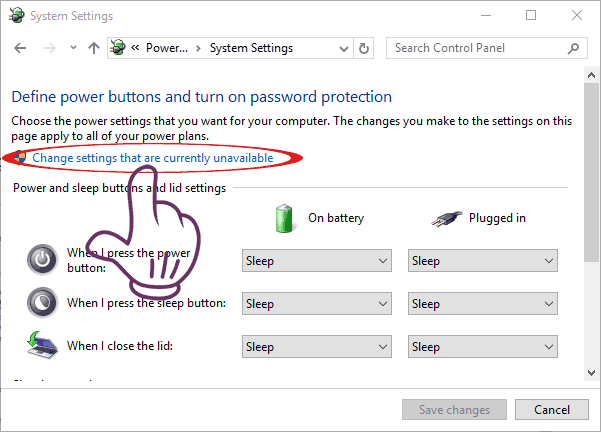
- Scroll down to find the Shutdown settings section, check "Hibernate".
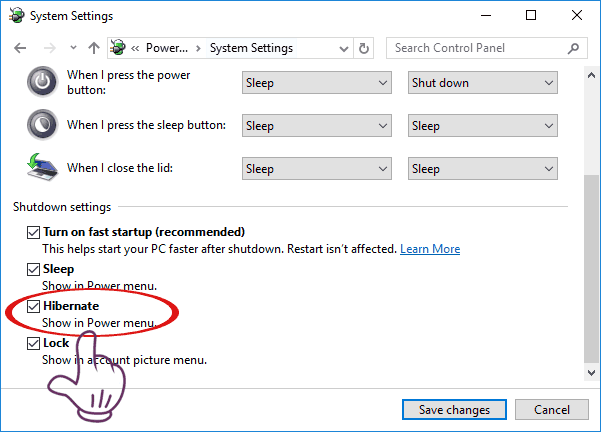
- Click Save changes to save the changes.
4. Go to Group Policy Editor to turn on hibernation mode
To open Group Policy Editor , press Windows + R key combination to open the Run command window, then enter gpedit.msc in the Run command window and press Enter.
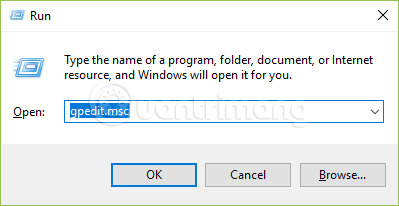
On the Local Group Policy Editor window, navigate to the path:
Computer Configuration/Administrative Templates/Windows Components/File Explorer Next in the right pane, double-click the "Show hibernate in the power options menu" option as shown below:
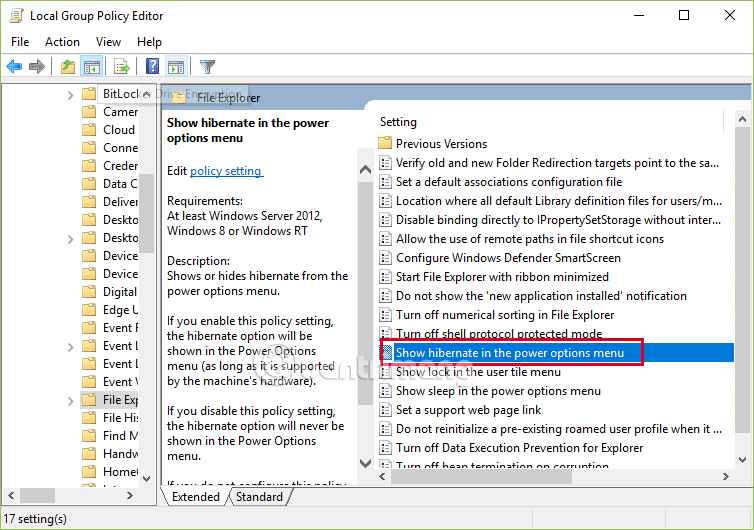
Next, to enable Hibernate, select the Enable item as shown below and click Apply > OK.
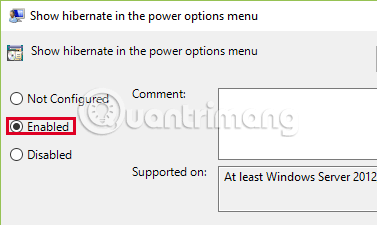
5. Use Registry Editor
First, press the "Windows + R" key combination to open the Run command window, then enter regedit in the Run window and press Enter to open the Registry Editor.

On the Registry Editor window, copy and paste the following key guide into:
ComputerHKEY_LOCAL_MACHINESYSTEMCurrentControlSetControlPower Find HiberbootEnabled in the right window.
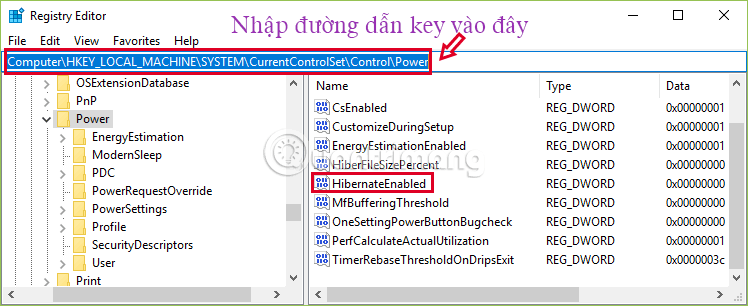
Double-click HiberbootEnabled and change the value in value to 1, click OK .
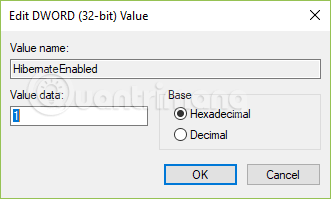
6. How to turn off hibernation on Windows 10
Since there are 2 ways to enable hibernation, you also have 2 ways to turn off hibernation on Windows 10.
Method 1: Like section 2, go to step 4 and uncheck the option in Hibernate, save the setting
Method 2: Open cmd in Admin mode, enter the command line: powercfg/h off
The above is a guide to turn on and off hibernation on Windows 10. Now when you reopen the Start Menu and click on the Power button, you will see the option to add (or disappear) the Hibernate option.
You can refer to some of the following articles:
- How to activate Admin account on Windows 7, 8, and 10?
- How does Windows 7, 8 not automatically upgrade to Windows 10?
- Start Windows 10 "as fast as the wind" with Fast Startup
Good luck!
 Send mail to the group on Mail 10
Send mail to the group on Mail 10 How to fix error code 0x8000FFFF in Windows 10
How to fix error code 0x8000FFFF in Windows 10 How to troubleshoot problems with Sleep mode in Windows 10
How to troubleshoot problems with Sleep mode in Windows 10 How does Windows 10 start up?
How does Windows 10 start up? How to fix 'Bad System Config Info' error in Windows 10
How to fix 'Bad System Config Info' error in Windows 10 How to use Virtual Desktop on Windows 10?
How to use Virtual Desktop on Windows 10?